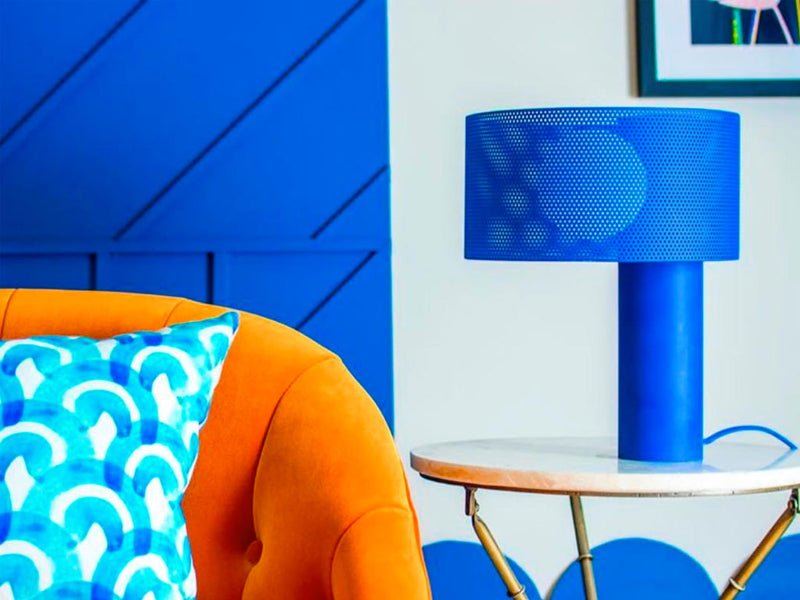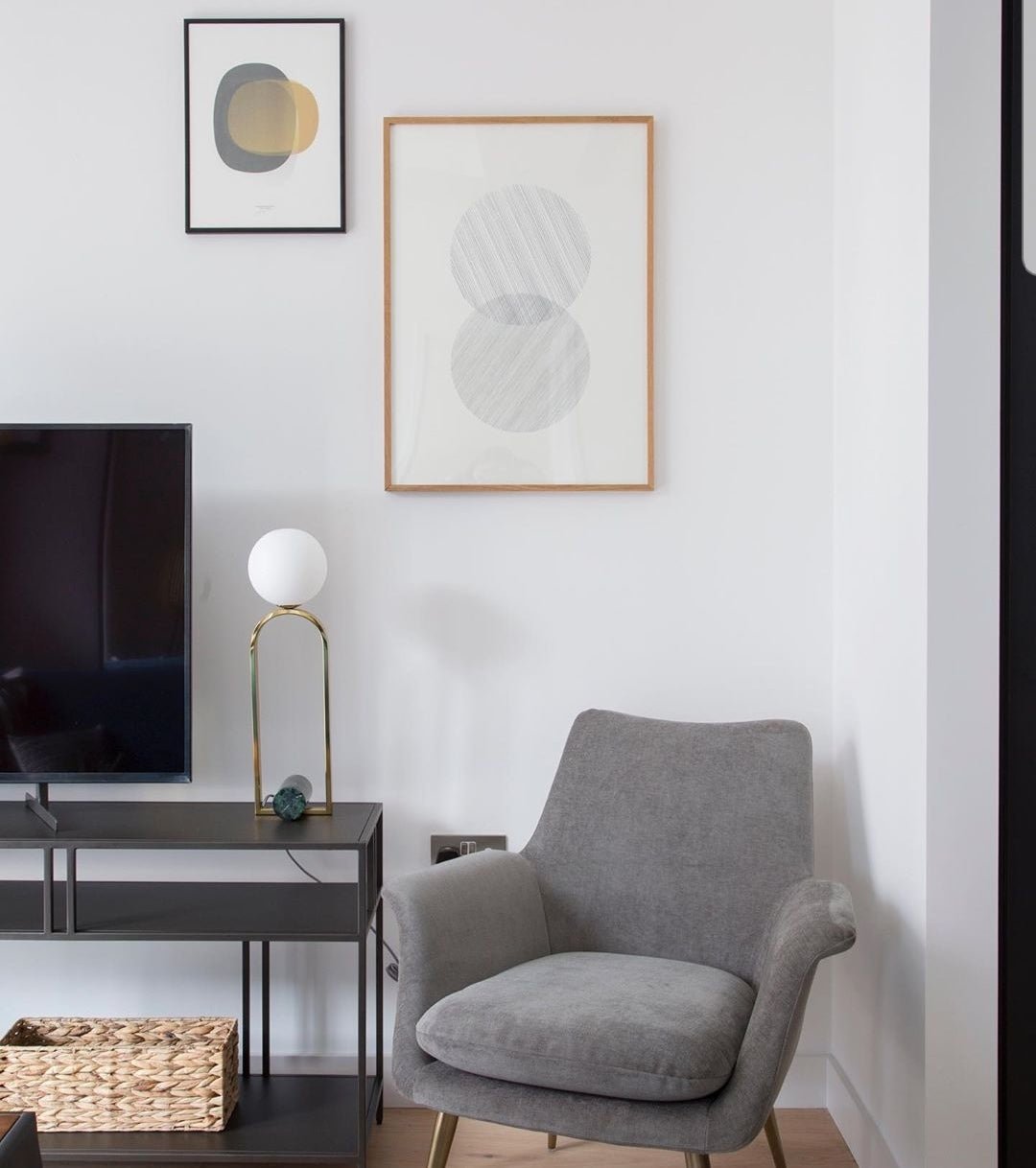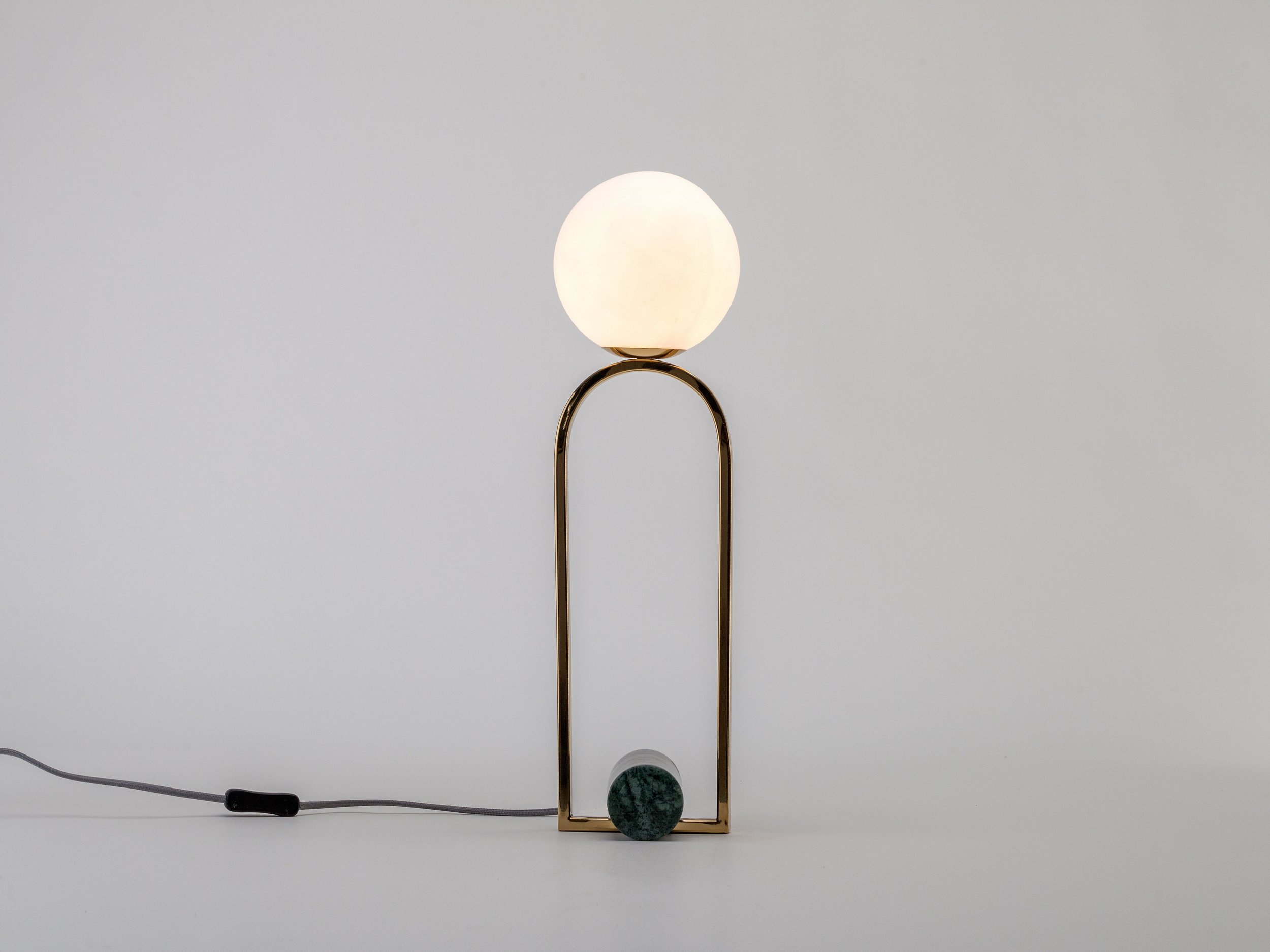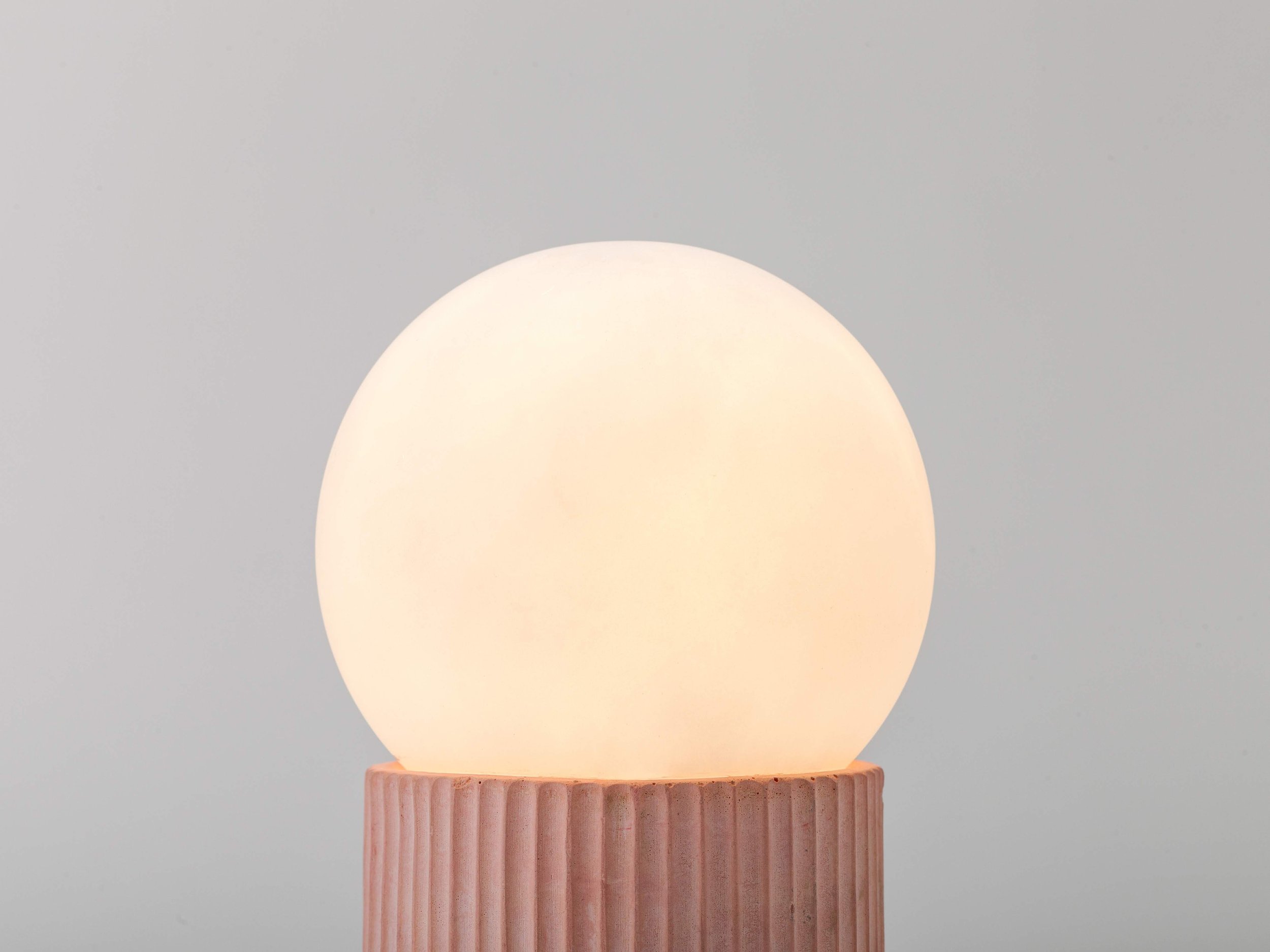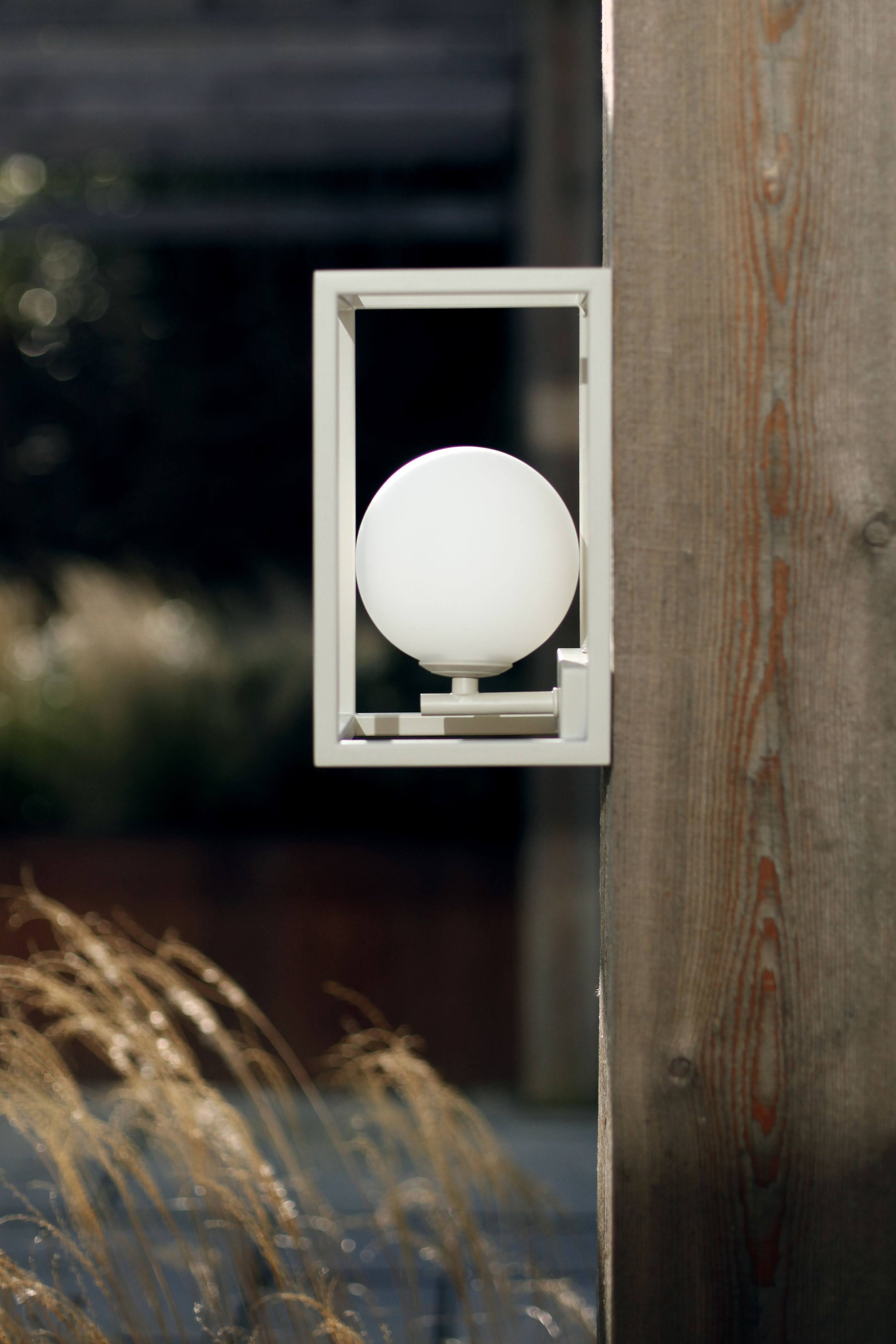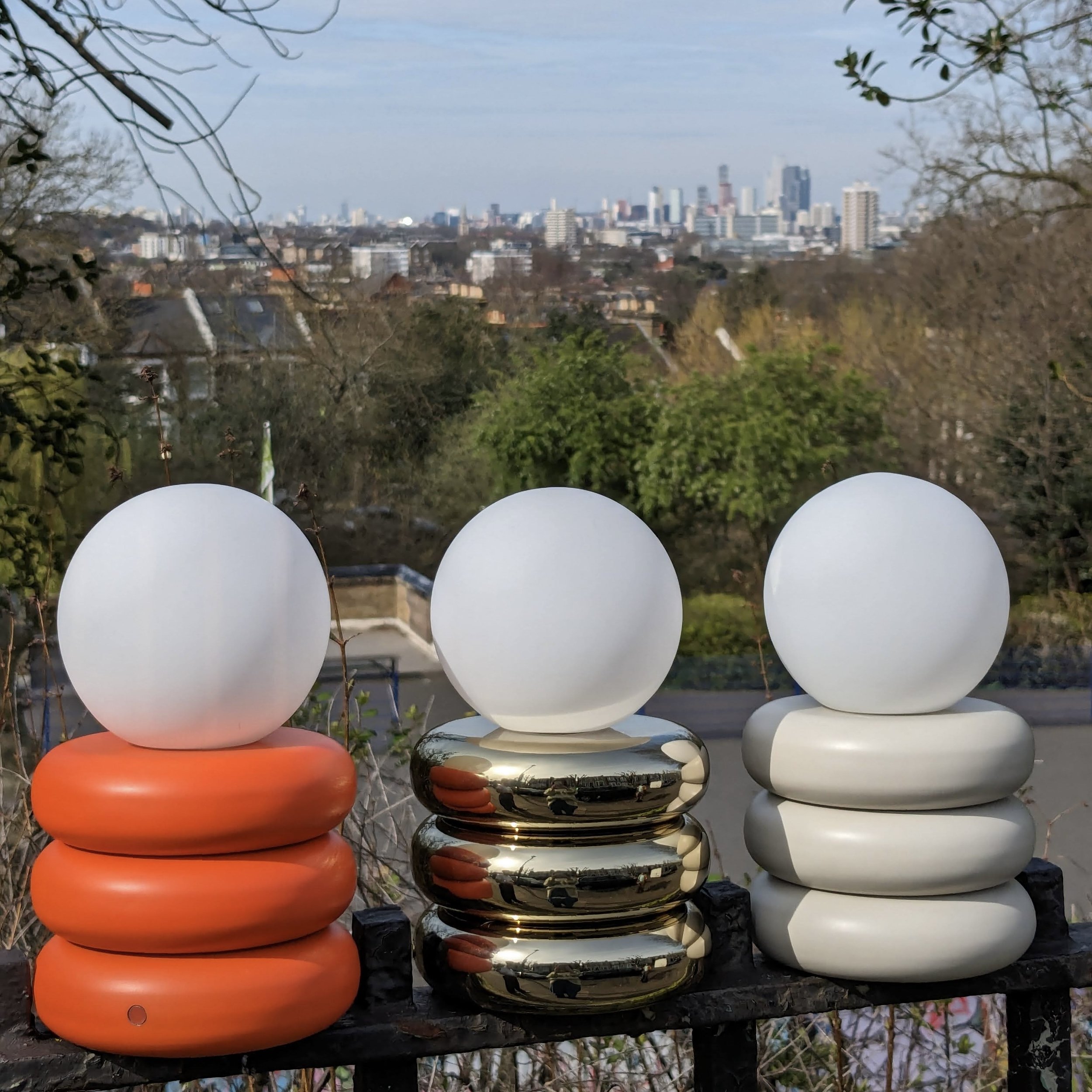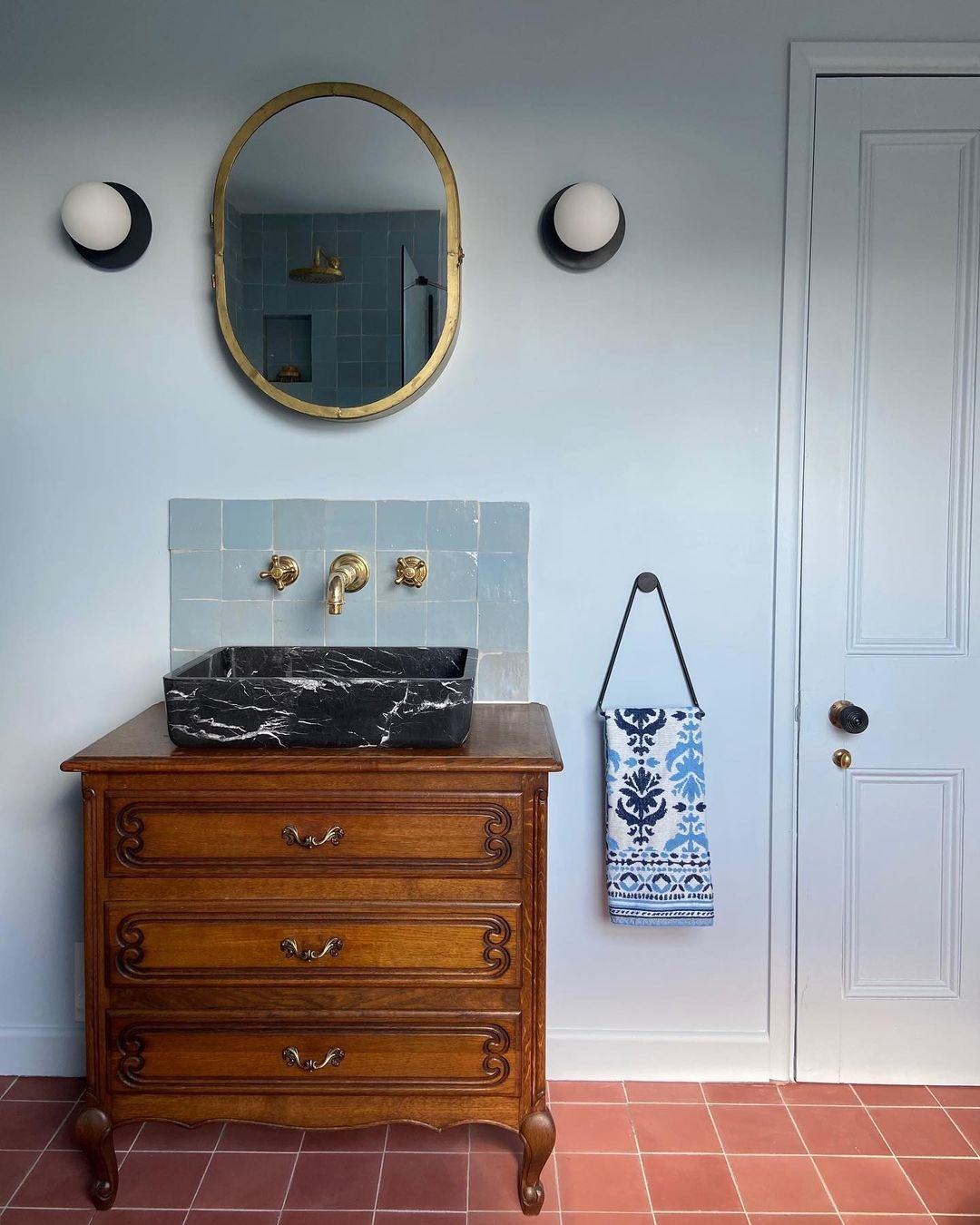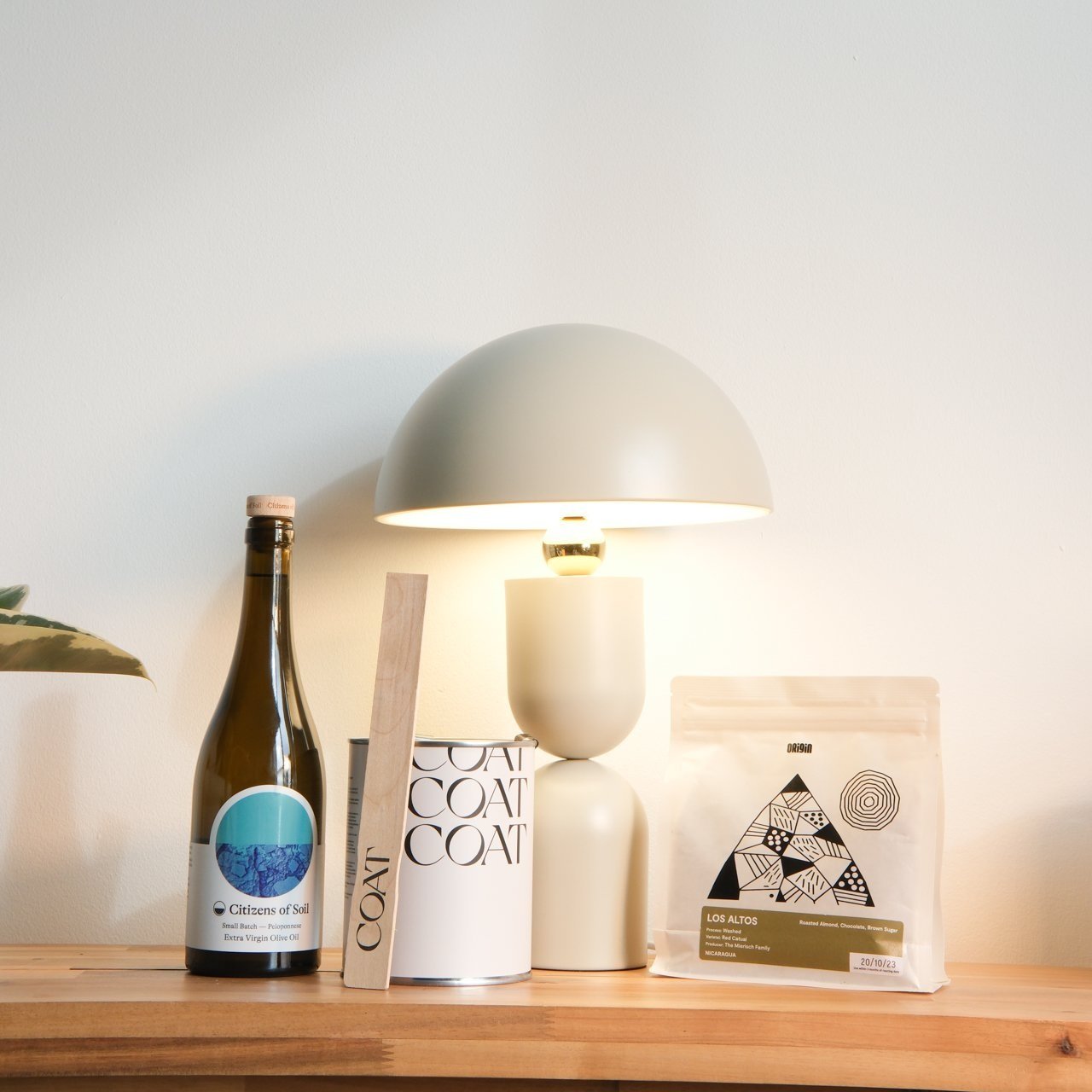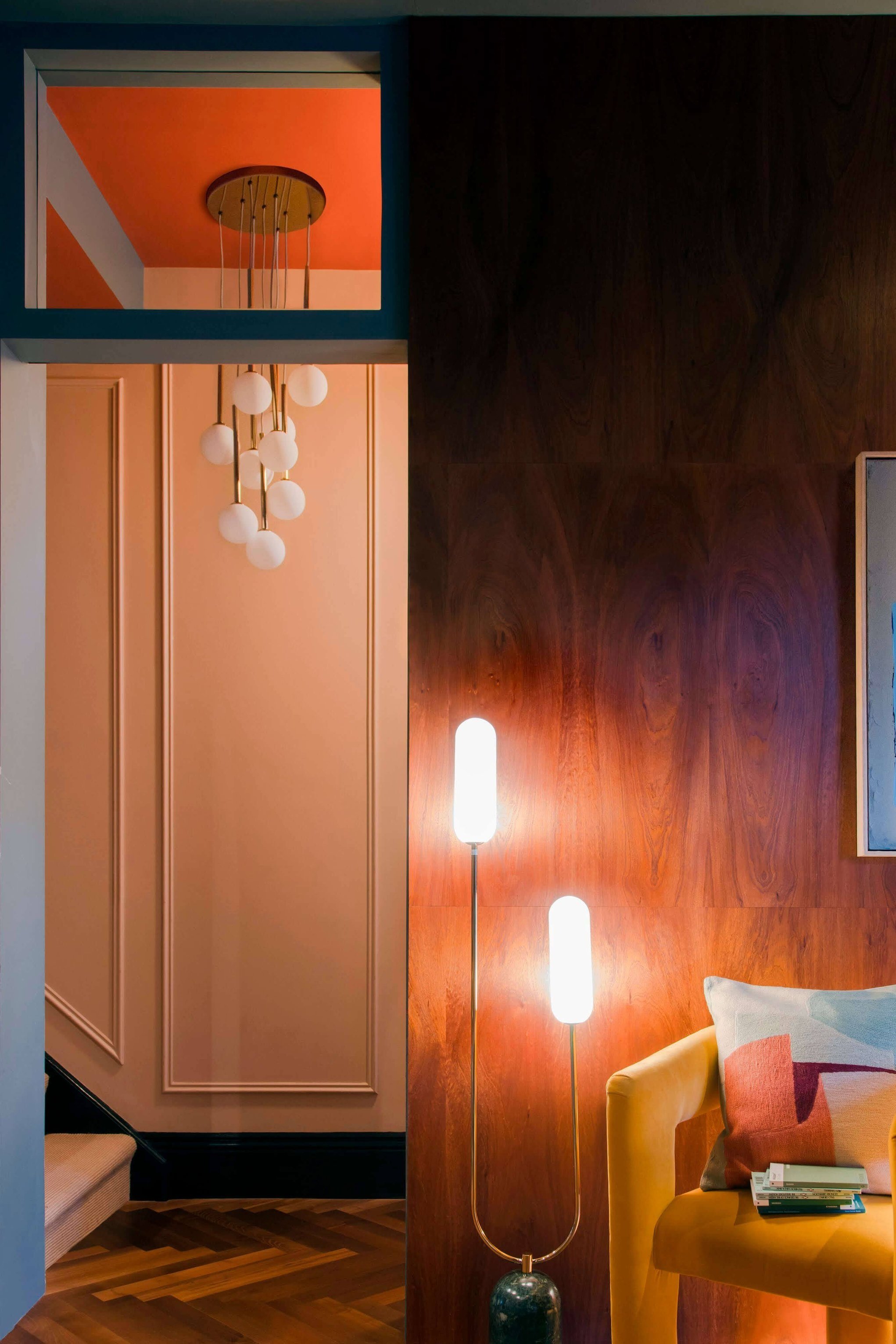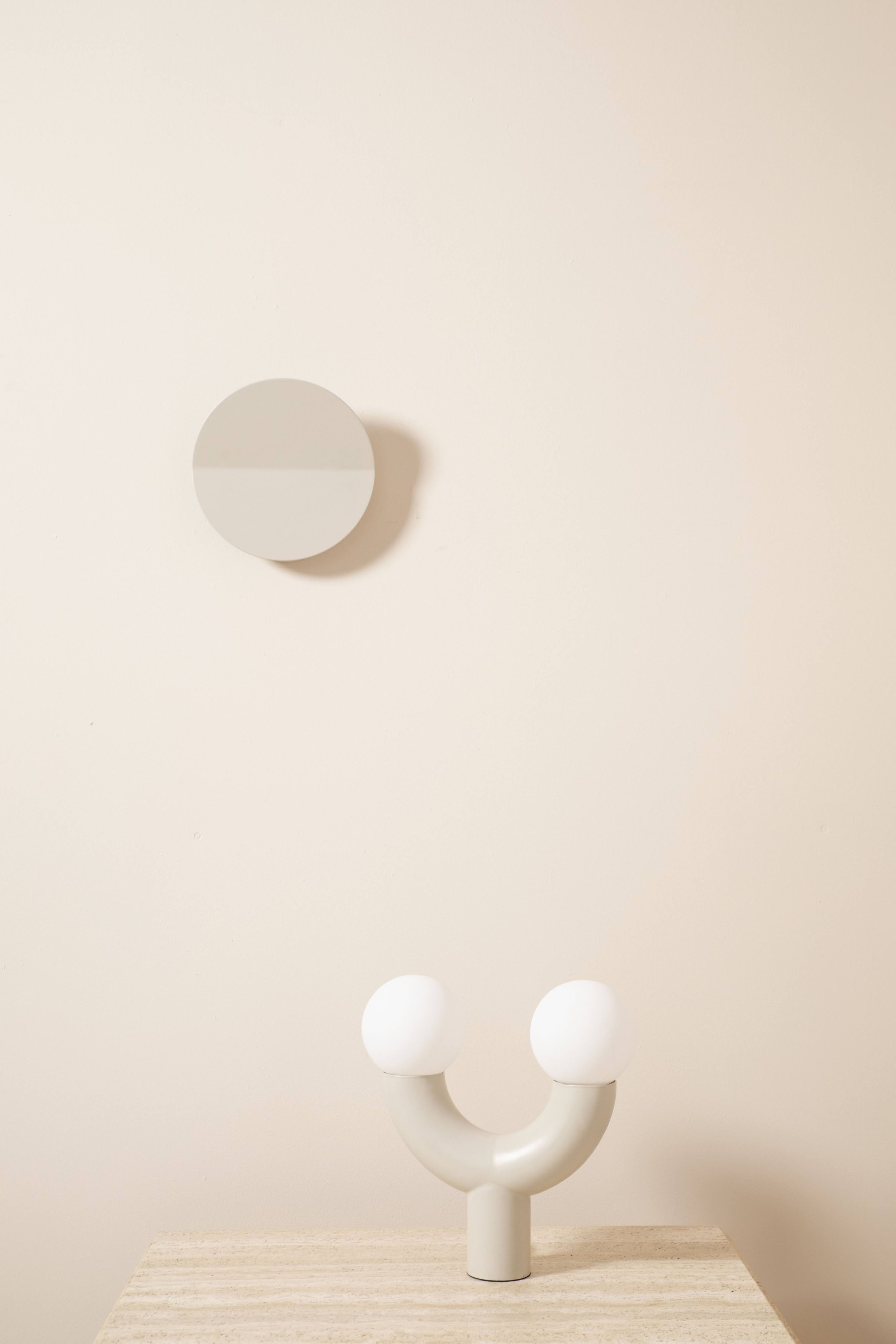How To Choose The Perfect Living Room Table Lamp.
Your lighting scheme is almost complete, but you sense that there’s something missing. Pockets of darkness still prevail in the corners of your living room, and you notice that you’re squinting slightly as you flick through a book in your armchair. It’s a common predicament, but luckily we’ve got a bright idea as to what this vital missing piece could be.
Image by @nicksnowinteriors
As well as illuminating your pastimes, a table lamp or two in your living room can be the finishing touches you need to tie all the elements of your lighting scheme together. Table lamps provide bright, focused light, which adds definition to the foundational glow of your main ceiling light and wall lights, thickening the overall atmosphere of a room. It’s a stylish effect and it’s simple to achieve, as table lamps require no electrical work or installation, just a humble plug and socket.
As you’ll have discovered when developing your initial living room lighting ideas, picking the perfect fixtures requires a bit of thought, and it’s no different for table lamps. However, in this instance there will be further considerations, as you will be aiming to accommodate and complement a pre-existing lighting set-up, as opposed to starting from scratch, as you may have done when choosing ceiling lights and wall lights. So, you’ll need to understand how an extra layer of lighting will impact the foundational glow — ensuring they integrate successfully and avoiding a clash.
We’ve covered the basics below to kick off your brainstorming session. Once equipped with clear answers to these questions, you shouldn’t struggle to choose your perfect living room table lamp.
Image by @linsdrabwell
Where Should You Put Your Table Lamp?
Table lamps are often placed next to armchairs and sofas so they can be used as task lights effectively, but they’re not just a one trick pony! Whilst shining a light on your books and evening snacks, table lamps can also be used as accent lighting, to enhance the ambience of a room. If you find that a particular section of a space is slipping into the shadows, you can easily salvage it with a tactically positioned table lamp. For example, you can fix one at the end of your bookshelf, or on a small table in a distant corner. By using lighting this way, you can celebrate the obscure sections of your home and create an illusion of extended space.
How Big Should Your Table Lamp Be?
Many people make the mistake of choosing their table lamps before measuring up, which means they have to settle for a lamp that outsizes their table, or vice versa, which is not a good look! To keep it all in proportion, do your measurements. The ratio of lighting to space needs to align so that its impact isn’t either too much or too little. For smaller spaces, choose smaller lamps. For larger spaces, go wild and make an equally large statement with your lamp (providing the lamp actually fits on its allocated table!).
Do Your Living Room Table Lamps Have To Match?
It’s often considered classy to create coherence across your living spaces, and matching light fixtures is an easy way to do it. This could mean purchasing identical table lamps in multiples and styling them throughout your home, or choosing the same structure in different colours. Whatever your preference, the result is clean and composed, a convincing demonstration of how you’ve got your life together. This is great, but if you’re seeking a little more adventure and unpredictability — to honour a home with a more organic, scattered look — we say you mix it up. You can make every table in your living room distinct, simply by placing a unique lamp on its surface. With this approach, you can still be the master of continuity (this time in the lighting effects, rather than the light itself) whilst sprucing up your home with a bit of diversity.
There are no set rules on how to style your living room table lamps — that’s entirely up to you. The main aim is that you have fun with your lighting design scheme, and develop a network of light fixtures that will allow you to make the most of your living spaces, in both function and aesthetic.

